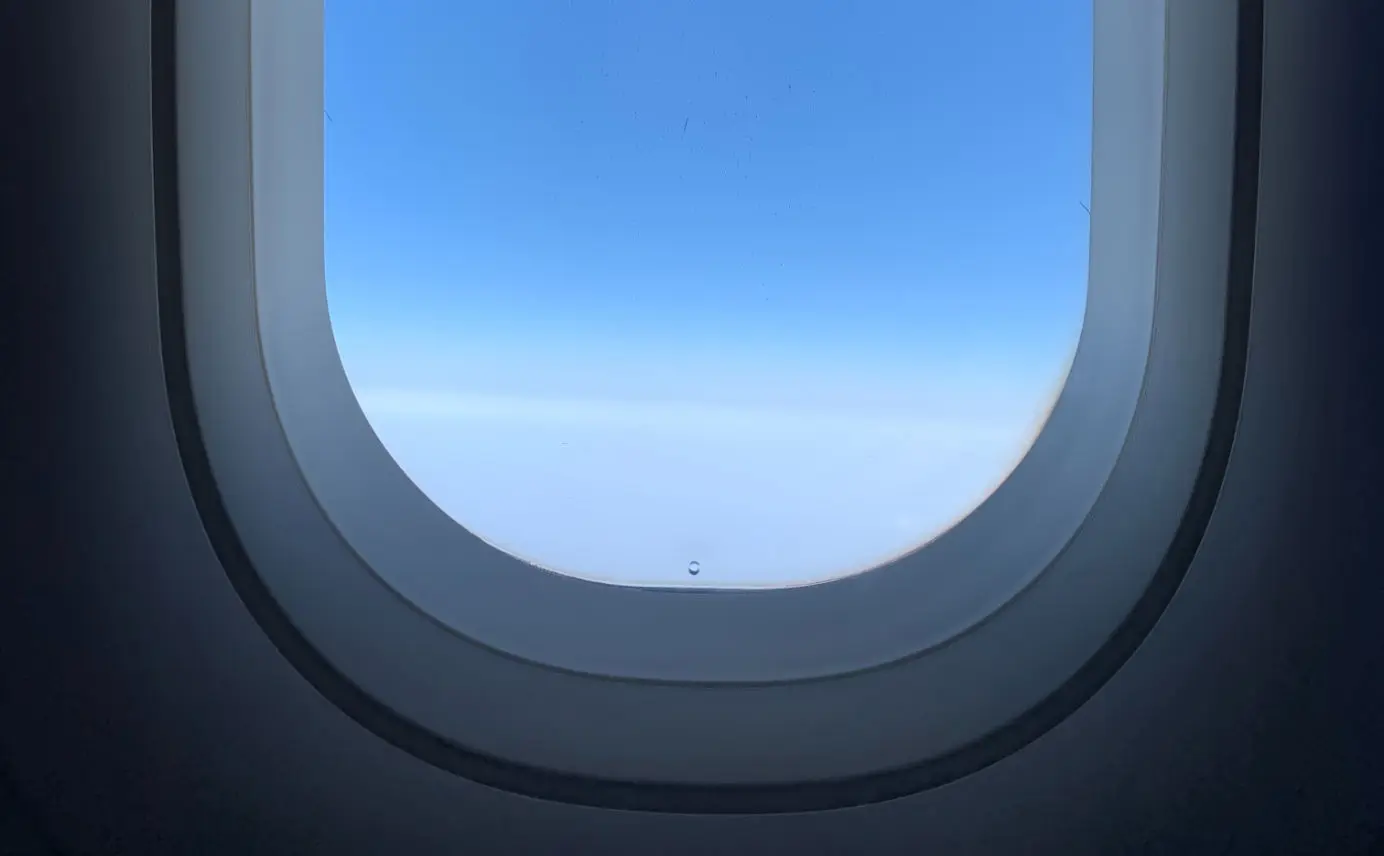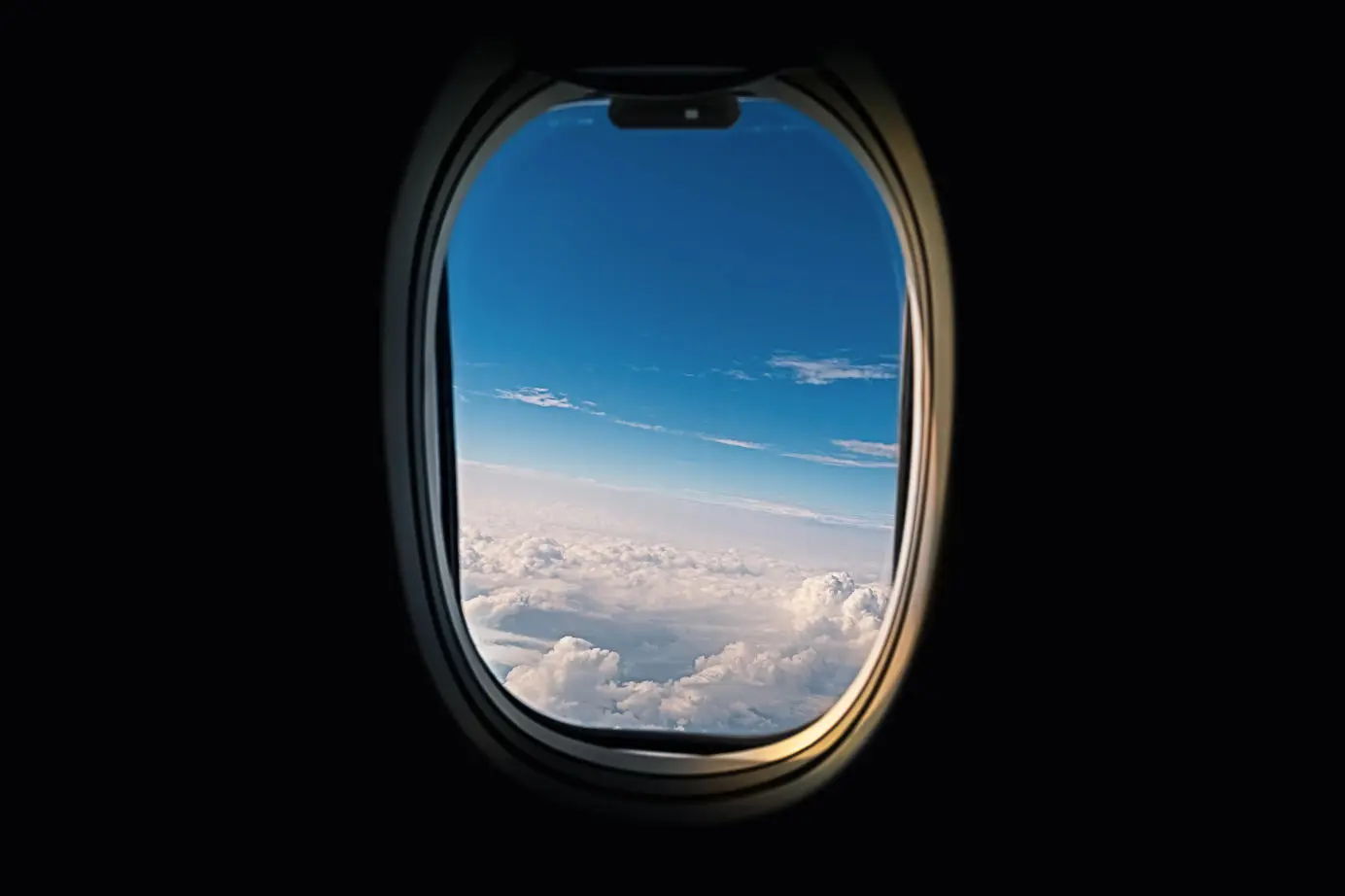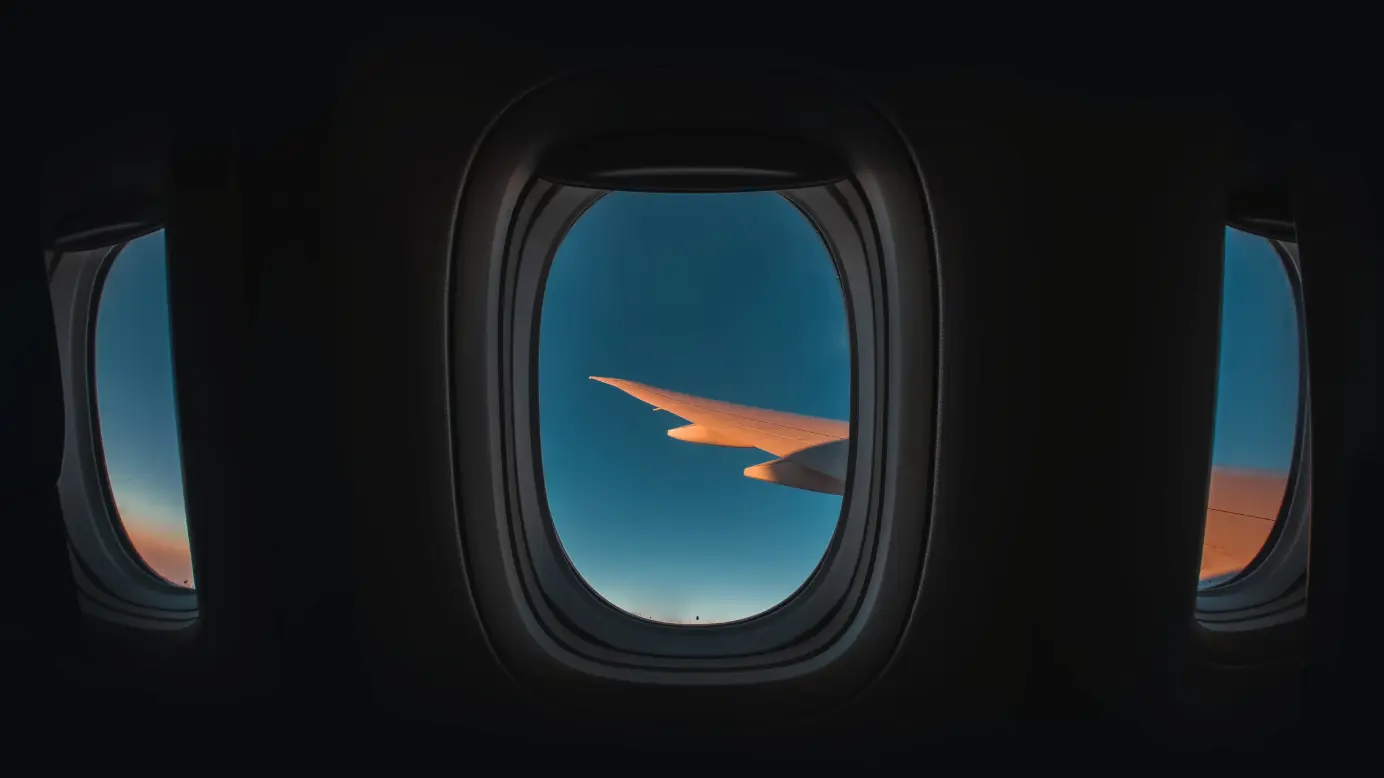
Why Do Airplane Windows Have Holes?
Find out why that little hole in the airplane window is there and how it is important in keeping you safe in the skies.
Table of Contents
On your last flight with a window seat, you may have noticed a small hole at the bottom of the window pane and been confused why it was there. So, why do airplane windows have holes?
Keep reading to learn how these holes work and why they are essential to ensuring a safe flight.
Why are Bleed Holes Needed?
The Altitude Problem
The higher the altitude, the lower the oxygen levels are. This is why mountain climbers can struggle the further they get to the peak, as the air is much thinner, and their bodies are trying to get enough oxygen to keep going.
For example, at 11,000ft, the oxygen saturation level is around 40% less than at sea level. With most commercial airplanes having a cruising altitude on average of about 36,000 ft and potentially hundreds of passengers on board all fighting for the same air, the consequences would be deadly without adequate measures to prevent this.
Pressurized Cabins
To fix this, planes flying at altitudes over 10,000ft need to be pressurized to keep the oxygen levels high enough for everyone on board. Air from the jet engines is filtered into the cabin until the desired air pressure and oxygen saturation is reached.

If the pressure becomes too much, it is siphoned off using an outflow valve, which will automatically shut once the pressure reaches acceptable levels.
While this is great for those on board, the pressure isn’t healthy for the plane. As a result, it needs to be able to regulate that pressure, and the bleed holes help it to be able to normalize the pressure between the cabin and the air outside.
Why the Middle Pane?
Airplane windows have three panes: the outer pane, which is on the exterior of the aircraft and exposed to the outside air, the middle pane (sometimes called the inner pane), which is where the bleed hole is situated, and the scratch pane which is the one closest to you.
While the scratch pane isn’t essential from a structural perspective, it does help to protect the other two panes from damage potentially caused by passengers in the cabin.
But why do airplane windows have holes in the middle (inner) pane and not the scratch pane or outer pane? This is because it acts as the intermediary between the two pressures - the high levels in the cabin, which is closest to the inner pane, and the lower ones from the outside air, which is being exerted on the outer pane of the window setup.
This also means that in the rare event that one of the windows on the plane gives out, it will only be the outer pane that goes, meaning that passengers are protected until the plane can land safely.
An Added Aesthetic Benefit
The bleed hole can also help passengers to be able to get the most out of their flight. The hole helps to release moisture from the gap between the panes, helping to stop them from misting up. This allows those on board a clear vision of the sky, clouds, and scenery on the ground, depending upon the altitude, without their vision being obscured.

Without the bleed hole, it might be impossible for some people to take perfect photos of their trip in the air.
What Happens if the Pressure Changes?
If the pressure in the cabin drops suddenly, perhaps due to a failing window, this is when the oxygen masks will deploy, usually from the compartment above each passenger’s head.
The air pressure and oxygen saturation outside are now the same as in the cabin, meaning you only have around 20 seconds before losing consciousness. This is one of the reasons why the safety briefing in most aircraft will tell you to secure your own mask before helping others: you are no good to them passed out.
Because it would be impractical to have an oxygen supply or canisters for everyone on board, the masks operate via a clever chemical reaction. Sodium chlorate, barium peroxide, and potassium perchlorate may sound scary, but they create life-saving oxygen when combined. Each mask can generate enough oxygen for around 10-12 minutes, giving the pilot enough time to safely descend to a lower altitude.
These instances are rare, and we have the bleed holes to thank for them not being as frequent. If it weren’t for these pressure-relieving holes, many of us would not be able to take to the skies.
Also read:
Planenerd Newsletter
Join the newsletter to receive the latest updates in your inbox.






